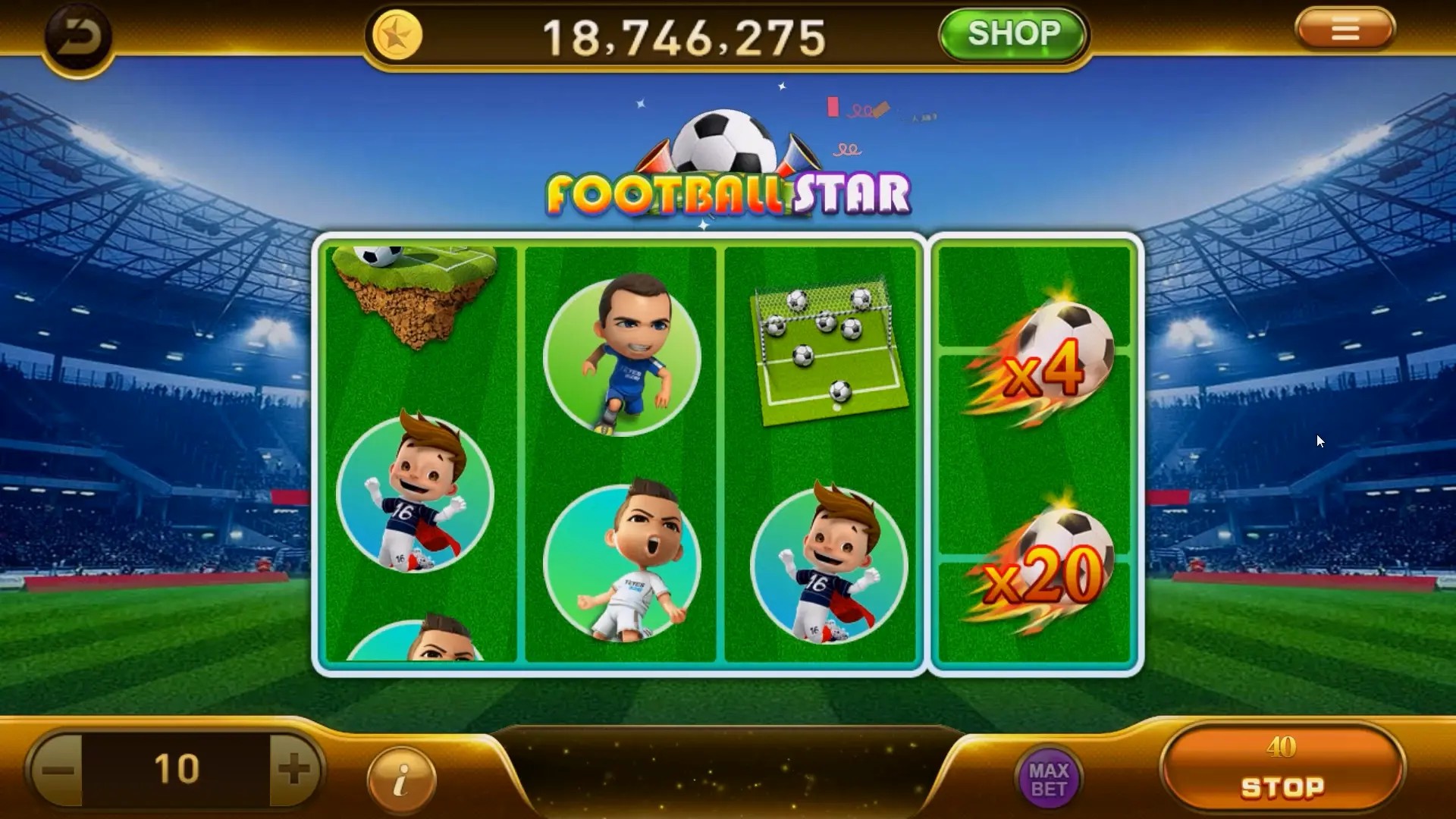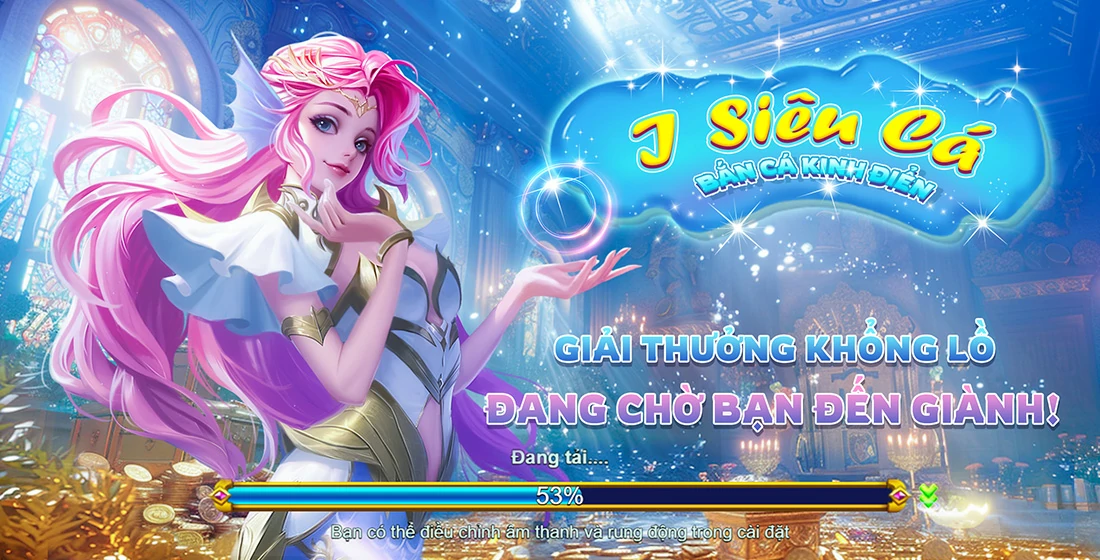Uncovering the Magic of Casual Open World Games
If you're anything like me, the idea of stepping into a digital universe that doesn’t demand high stakes or intense strategy makes total sense. That’s where casual open world games come in—blending freedom with accessibility. Unlike their hardcore action-packed counterparts, these experiences offer expansive worlds without overwhelming complexity, making them perfect companions for laid-back gamers.
Finding Joy in Exploration and Discovery
You know how sometimes life can get pretty hectic? That’s why the beauty of open world exploration lies not only in visual splendor but also in how effortlessly you can navigate unfamiliar terrain. There's no strict timeline forcing you forward, just organic encounters and unexpected adventures.
- Freedom to wander off-track
- Pocket-sized challenges along the journey
- No rush-to-completion mentality
| Game | Type | Platform Availability |
|---|---|---|
| Zelda: Breath of the Wild / Tears of the Kingdom | Casual meets Epic | Switch |
| Stardew Valley | Carefree Sim-Living | Crossplay Available |
The Perfect Balance Between Challenge and Ease
I've noticed players gravitate toward this mix because it keeps frustration low. Sure, solving puzzles adds depth and flavor—but it isn't about surviving a war-zone boss battle! One recent puzzle I tried was The Hebra Great Skeleton one. Funnily enough even if some parts were tricky—I chuckled my way through most.
Potatos Go Bad – When Casual Takes on Humor & Charm
Talking about quirky gameplay—how did we all end up loving potatoes that spoil as a narrative device anyway? Well apparently there is something deeply hilarious when virtual spuds go south and mess your whole farming operation. And yet, the simplicity of this concept hooks thousands each month. It shows us game devs can still surprise audiences by doing simple stuff differently—and maybe that's the magic ingredient behind so many fan favorites today...
Growth Over Time – How Casual Worlds Develop Players’ Creativity
We’ve touched on freedom. Now let’s explore its cousin—creative engagement. Think about this…in most casual titles:
- You craft your own goals;
- Mechanics reward trial&error playstyle;
- You choose how invested (or distracted) you feel about the next mission/side-quest.
Why Accessibility Drives Player Engagement Higher?
Browsing gaming blogs or watching YouTube clips lately might show you this trend—the number one request isn’t more graphics horsepower anymore; folks really want smooth gameplay curves that meet them half-way in terms of learning pace. For example, someone playing Zeldaline series may jump between easy strolls and brain-twisting dungeons. Still, even those challenging arcs aren’t insurmountable thanks again to thoughtful UI feedback loops and non-intimidating hints.
// Popular Examples Among Genres
Solving Without Pressure – Emphasizing Playstyle Flexibility
The Great Skeleton riddle from Hyrebla Mountain serves well to demonstrate another point: Sometimes a challenge doesn't mean “beat the odds," but instead “solve the mystery at your own rhythm."- Incredible view + Puzzle Reward System
- Rarely Dead Ends Unless Chosen Deliberately.
- Learning through Trial-and-mishap is actually part of joy
Different Platforms Make Access More Inclusive Than Ever Before
One thing I’ve discovered over time? The best open world adventures are available cross-multi platforms! Whether handheld devices, home consoles—or via emulators—you’ll often be surprised that the Hyrule explorations or farming simulations don't tie you strictly to a desktop chair.Gamers Who Enjoy Slowing Down Their Sessions Are Prime Targets
Think: retirees exploring pixel forests or students trying out weekend quests after final submissions—it all checks out. Even busy adults with packed weeks appreciate slow-cook narratives and chill mechanics that fit snacky play sessions better than committing to a ten-hour RPG arc in weeknight mode!-
✳️ Key Takeaways from this Segment
Better Narratives, Lower Tension—A New Formula Emerging
These games often tell beautiful stories that evolve slowly—almost gently coaxing players deeper, unlike aggressive plotlines common across darker AAA titles elsewhere. Some even build community lore based less on ancient grimoires or dragon lore alone and more around farm-to-market relationships—hellooo Potato economies!- NPCs guide you rigid paths
- Quest markers dominate HUDs
- Open-ended discovery encouraged freely
- Fully optional character interactions offered
| Comparison Chart – Traditional vs Laidback Storytelling Mechanics | |
|---|---|
| Classic Narrative Approach | Lighthearted Gameplay Arcs |
A Newfound Appeal – Why Older Adults & Young Learners Love This Space
I stumbled onto forums once where retired educators gushed about virtual gardening in Stardew Valley or exploring ancient Zelda-esque realms—not because they needed trophies per-say...but just because “there wasn’t an adrenaline rush involved". Instead there were satisfactory rhythms, familiar controls (like analog stick ease for older wrists), alongside whimsical aesthetics that reminded them of simpler times before doom-scrolling and global crisis. That's honestly quite profound too. It makes gaming more universal. Which circles back to inclusion within this genre.Finding Value Through Repetition – Building Better Memory Connections
Here’s something cool: repeated visits, returning daily or revisiting favorite landmarks help create strong emotional anchors. Like remembering exactly where I first tamed a wolf pup in one beloved game—that tiny act made everything click mentally much later in other life situations somehow. It’s subtle psychological training wrapped in digital paintbrush textures.- +6% higher attention retention in casual gamers (Source: J.G.P Lab)
- Eased depression markers in clinical trials (See 2021 Study - NY Gamers Forum Journal Article)
- Larger memory recall gains compared with passive entertainment mediums such as Netflix-only routines.



